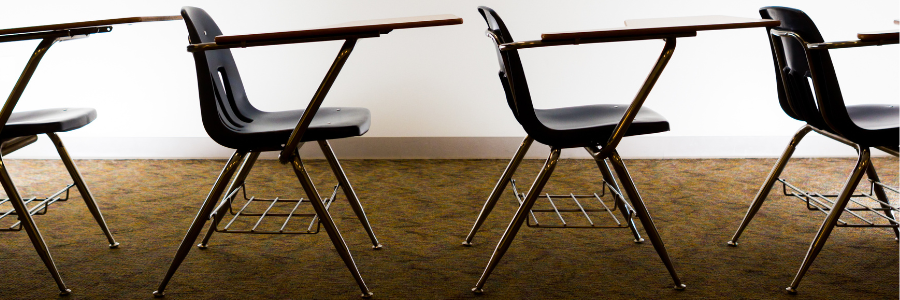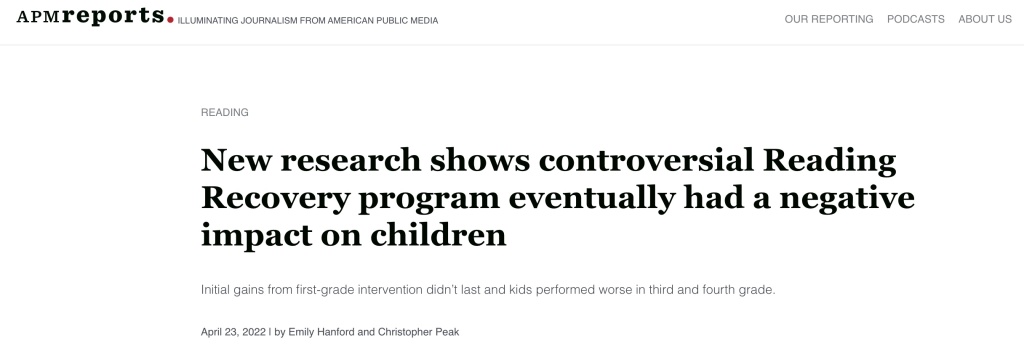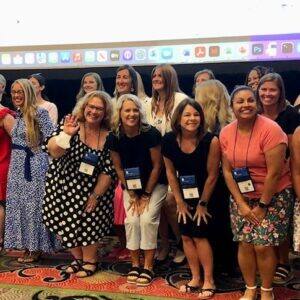The Emperor of Literacy Has No Clothes
By Connie Briggs
The Emperor of Literacy has no clothes, and no one is noticing. The latest iteration of so-called literacy reform is the Science of Reading (SOR). Science of Reading advocates ascribe to a simple view of reading and have somehow convinced teachers, parents, and legislators in many states that the silver bullet to literacy learning in elementary schools is isolated, explicit and direct phonics instruction. Reminiscent of the No Child Left Behind (NCLB) initiative in 2000, states are dictating to schools what programs and assessments can be used and spending millions of dollars for implementation. While I’m reminiscing, let me remind readers that approximately 23 billion dollars of NCLB funding yielded little, if any, improvement in reading scores across the nation. Some of the same people who were involved in NCLB are now proponents of SOR and have commercial curriculum products that many states are mandating for literacy instruction in schools. Follow the money.
Studies of reading processes indicate far more complexity that SOR advocates would have us believe. Not only are the SOR supporters advocating their simple theory of reading, but they are hell-bent to disparage any other programs that have proven to be successful, especially with children who find learning to read and write most difficult. Recent attacks on Reading Recovery by journalist Emily Hanford suggested that the complex theory on which Reading Recovery is based is flawed, and she incorrectly stated that Reading Recovery does not include explicit phonics instruction. Both suggestions are patently incorrect. Emily Hanford is a reporter who has aligned with Dyslexia and SOR groups. In a YouTube video, she shared that she audited one graduate class in reading. One. Yet, she speaks with authority about early literacy research and instruction and is being regarded as an expert in the field by SOR and Dyslexia proponents.
The science of reading is not a settled science. There is no convergence of research that points to explicit and only phonics helping all students to become readers. What Works Clearinghouse (WWC), supported by the Institute of Educational Sciences, “is the nation’s leading source for rigorous, independent, educational research, evaluation, and statistics”. Through this website, legislators and educators are able to look at the research and evaluation on programs in order to make good decisions about spending state dollars on effective programs. LETRS, one of the most popular phonics programs endorsed by SOR has only one study that met the WWC quality standards for research, and that study showed that students did not increase their reading scores with LETRS instruction. Similarly, there are no studies that met the rigorous WWC criteria for Orton-Gillingham- based programs used widely in schools to teach students who have been identified as dyslexic. Compare these studies to the seven accepted studies for Reading Recovery that found positive effects on students’ alphabetic skills and general reading outcomes. If only legislators, school administrators, and parents would look at research and effectiveness studies to make decisions about instructional programs instead of relying on biased media and those who would profit by selling curriculum products.
I know literacy, especially early emergent literacy teaching and learning. I spent 44 years teaching reading in an elementary setting and as a researcher and professor, teaching teachers how to teach literacy. Because of my experience and education, I’m saying the Literacy Emperor is naked.










 Photo Credit: Lesley Reading Recovery & Literacy Collaborative
Photo Credit: Lesley Reading Recovery & Literacy Collaborative